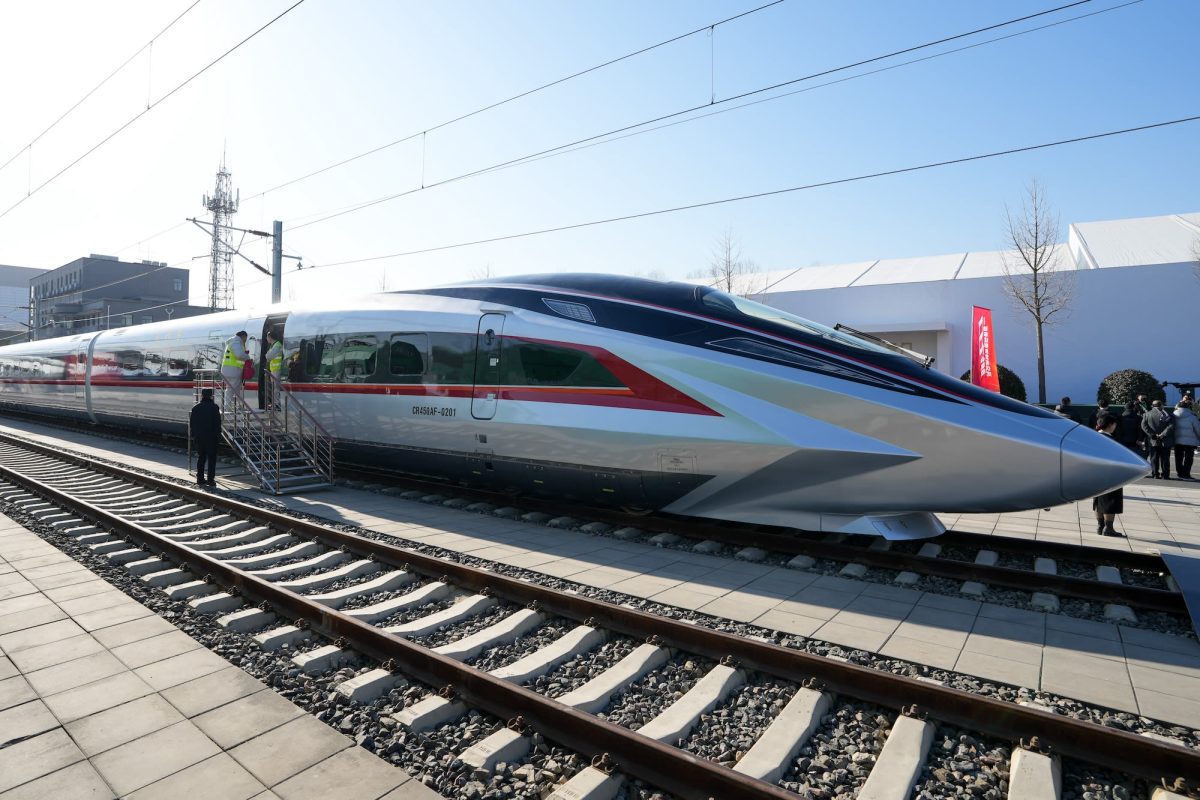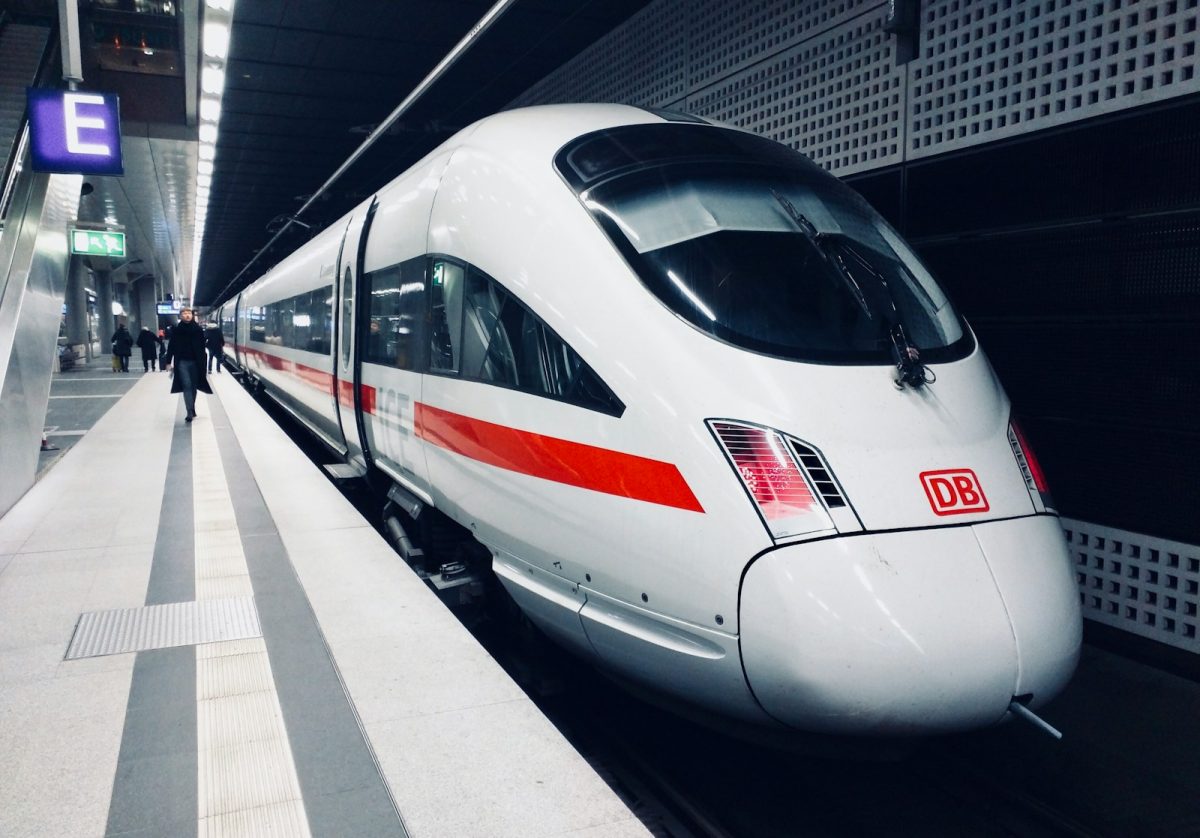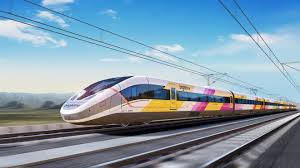Transportation is one of the biggest engineering challenges for our future. One fascinating technology is the maglev train, which uses magnetic forces to make a train float above its track. In this article, we will explore how maglev trains affect the environment and society today, whether they make things better for the environment, and what people currently think about them. This will help us understand how engineered solutions can shape our world.
How do maglev trains impact the environment and society today?
Maglev trains have several direct environmental benefits compared to conventional rail and road transport. For example, because they do not rely on wheels rolling on rails, they produce far less particulate matter from wheel‑rail contact and brake wear; research shows that conventional steel‑wheel high‑speed rail systems generate between 1.6 and 4.9 tons of fine metallic particulate matter per year, whereas maglev systems can eliminate virtually all wheel‑rail contact and thus avoid that source of fine dust. Also, maglev systems are quieter, since they reduce the noise caused by wheel/rail contact and switches. On the social side, maglev trains can offer very high speeds and smoother service, which can reshape how people commute and travel regionally. They may support new jobs in construction and maintenance of advanced infrastructure and may activate economic development along their routes.
Do maglev trains make things better for the environment?
In many ways, yes. Maglev trains have the potential to improve the environment by reducing emissions, noise, and land disturbance. For instance, one pro‑maglev source says a superconducting maglev (SCMAGLEV) system could consume about 30% less energy than other high‑speed trains, and roughly 50% less than a commercial airliner, if operated cleanly. In addition, because the guideway footprint can be narrower than highways and major roadways, maglev systems may cause less disruption of land and ecosystems. However — there are significant risks. Some environmental reviews of proposed maglev projects show that the overall greenhouse‑gas emissions might actually increase relative to no new build, because of the high energy needed to build and run the system and limited reduction of car or air traffic. For example, a draft environmental impact statement (DEIS) for a proposed maglev between Washington and Baltimore predicted net carbon dioxide emissions increasing by 286 to 336 million kilograms per year compared to the “no-build” option. Also, construction of guideways, viaducts or tunnels can damage ecosystems and displace wildlife or green spaces. So, while maglev trains can be better for the environment under ideal conditions, they are not automatically so in all cases.
What does society think about maglev trains?
Society’s view of maglev trains is mixed. On the positive side, transportation supporters see them as futuristic, high‑speed, low‑emission technologies that could transform regional travel and reduce dependence on cars or airplanes. For example, supporters of the Northeast Corridor SCMAGLEV project state that running on electricity, the system “could transport millions of people without any emissions” if paired with renewable energy. On the negative side, community groups, environmentalists, and some governmental reviewers express concerns about cost, environmental disruption, and equity. For instance, one nonprofit argued that a proposed maglev route between Washington and Baltimore would permanently impact forested land, wetlands and communities of color, while generating more greenhouse gas emissions than existing options. Additionally, technical concerns such as how much car travel the system will actually replace and how much congestion will be relieved have been raised — one analysis notes that the maglev might worsen road congestion near stations even if it slightly reduces it overall. In general, society is intrigued by the potential but cautious about the trade‑offs.
Future trends and implications
Looking ahead, maglev technology may gain more acceptance as costs fall, technology improves, and renewable electricity becomes more widespread. The reduction in fine‑dust emissions and noise make a strong case in urban or sensitive environments. The fact that maglev trains can offer faster travel times may also help them gain public support as part of large infrastructure upgrades (for example in dense urban corridors where time savings are valuable). On the other hand, society will continue to demand rigorous assessment of environmental justice, ecosystem impacts, cost‑benefit trade‑offs, and integration with existing transportation networks. If a maglev line is built in a way that displaces communities or harms habitats without delivering clear travel or environmental benefits, people may disagree. As middle‑school engineers of the future, it’s important to think about both the exciting potential of the technology and the engineering/social challenges that come with deployment.
Summary of impacts and society’s view
To summarize, maglev trains impact the environment today by reducing mechanical friction, particulate emissions, noise, and how people travel. They can make things better for the environment if built and operated under favorable conditions, but they also risk increased emissions or habitat disruption if not carefully planned. Society perceives them as advanced and promising, yet also raises serious concerns about cost, equity, ecosystem impact, and realistic benefits. The future of maglev will depend on how engineers, policymakers, and communities work together to manage those trade‑offs.
As we have seen, maglev trains are a compelling example of engineering applied to transportation, with clear advantages and important risks. For a middle school engineering class, the story of maglev is a good reminder that every technology must be evaluated not just by how well it works, but by how it affects the environment, society, and the people who live nearby. If maglev trains are designed and deployed with care for ecosystems, communities, and realistic travel needs, they could play a meaningful role in our sustainable future. Otherwise, they may end up creating new engineering problems instead of solving existing ones.
Works Cited
Clean Water Action. (2021, May 26). MAGLEV in Maryland: why we support the No Build option. https://cleanwater.org/2021/05/26/maglev-maryland-why-we-support-no-build-option
Institute for Environmental Technology Promotion in Asia. (n.d.). Efforts to promote maglev trains. https://asiaenvirotech.com/en/track-record/superconducting-linear-motor-car/
MaglevBoard. (n.d.). Fine dust / particulate matter emissions. https://www.maglevboard.net/en/facts/387-fine-dust-particulate-matter-emissions
MaglevBoard. (n.d.). Environmental matters. https://www.maglevboard.net/en/facts/12-environmental-matters
Northeast Maglev. (n.d.). Environmental benefits. https://northeastmaglev.com/environmental-benefits/
Northeast Maglev. (n.d.). Green transportation. https://northeastmaglev.com/green-transportation/
The Washington Post. (2021, April 2). Maglev trains in the Washington‑Baltimore region would hurt wildlife and research. https://www.washingtonpost.com/transportation/2021/04/02/maglev-train-dc-baltimore-environmental-impact/
Greenbelt Online. (2021, April 13). Operating the maglev would increase greenhouse‑gas emissions. https://www.greenbeltonline.org/operating-the-maglev-would-increase-greenhouse-gas-emissions-federal-railroad-administration-finds/






